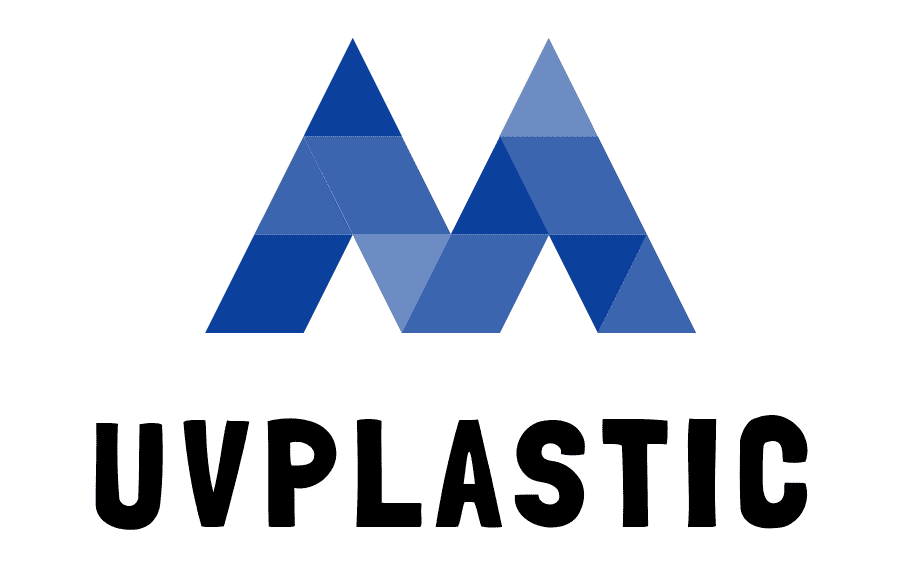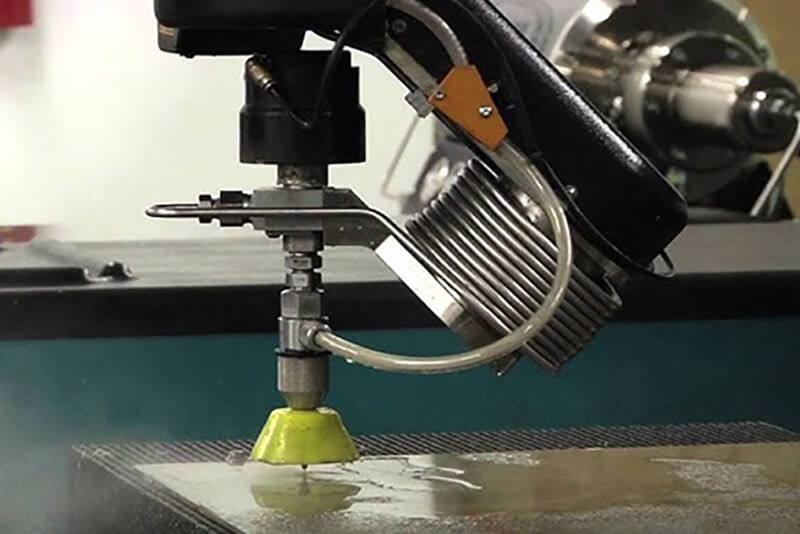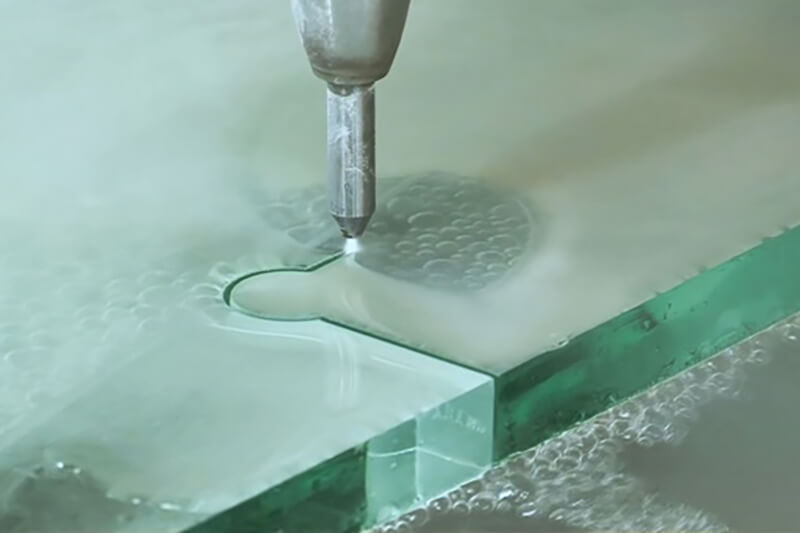Precision and Versatility: How Waterjet Cutting Transforms Engineering Plastic Fabrication
The world of engineering plastic fabrication is one of precision, detail, and material-specific challenges. Among the many technologies used to shape these robust yet flexible materials, waterjet cutting has emerged as a game-changer. This method, once reserved for industrial metals and ceramics, has expanded its role in engineering plastics, offering unmatched versatility and precision. In this article, we’ll explore how waterjet cutting transforms the fabrication of engineering plastics, providing superior accuracy, clean cuts, and minimal material waste. In this guide, TECHNI Waterjet® LLC will provide you with essential knowledge about waterjet cutting machines and their vital importance in engineering plastic fabrication.
What is Waterjet Cutting?
Waterjet cutting is a highly precise and versatile cutting method that uses a high-pressure stream of water—sometimes mixed with an abrasive material—to slice through various materials. Waterjet cutting can reach pressures as high as 90,000 PSI (pounds per square inch), making it powerful enough to cut through metals, ceramics, composites, and plastics without applying excessive heat, which could alter the material’s properties. The process works by directing this high-pressure water stream through a narrow nozzle, allowing for intricate and smooth cuts.
Why Choose Waterjet Cutting for Engineering Plastics?
Waterjet cutting offers a range of advantages that make it an ideal method for working with engineering plastics. These benefits include:
What Types of Plastics Are Commonly Processed by Waterjet Cutting?
Waterjet cutting is particularly effective for a wide range of plastics, including:
How Does Waterjet Cutting Enhance the Precision of Engineering Plastics?
When it comes to precision, waterjet cutting stands out as one of the best technologies available for engineering plastic fabrication. The accuracy of the cut and the quality of the edge produced are critical in many industries. Waterjet cutting ensures that even the most complex shapes and designs can be executed with pinpoint accuracy, and the cut edge remains clean and burr-free.
Key technical specifications of waterjet cutting include:
What Are the Achievable Tolerances with Waterjet Cutting?
In terms of tolerances, waterjet cutting provides exceptional precision:
The Versatility of Waterjet Cutting
Waterjet cutting’s versatility is one of its most significant advantages. It can handle intricate shapes, varying material thicknesses, and even combine cutting multiple materials in a single process. Whether the project involves simple shapes or complex geometries, waterjet cutting delivers consistent results.
Can Waterjet Cutting Be Used for Mixed Material Fabrication?
Yes, waterjet cutting can process engineering plastics alongside other materials like metals or composites. This capability is particularly useful in industries like aerospace or automotive, where multiple materials need to be combined in a single component. The flexibility of waterjet cutting allows for seamless transitions between different materials without compromising the precision of the cut.
The Step-by-Step Process of Waterjet Cutting Engineering Plastics
The waterjet cutting process is typically carried out in the following stages:
- Material Selection: Material Selection: Engineers choose the appropriate type of engineering plastic based on the part’s intended use, mechanical requirements, and compatibility with waterjet cutting.
- Design Setup: A CAD model is created or modified to outline the precise dimensions and shape of the part to be cut.
- Programming the Cut Path: The CNC system calculates the optimal path and cutting speed.
- Cutting Process: The waterjet nozzle cuts through the material based on the programmed design.
- Quality Check: Inspect the final product for accuracy, tolerances, and edge quality.
- Finishing: Minimal finishing is usually required since waterjet cutting produces smooth, burr-free edges.
How to Prepare Engineering Plastics for Waterjet Cutting?
Before cutting, it’s important to prepare the materials properly. Consider the following factors:
What Are the Design Considerations Specific to Waterjet Cutting?
When designing for waterjet cutting, keep the following in mind:
Comparing Waterjet Cutting with Other Cutting Technologies
While waterjet cutting is highly versatile, it’s not the only technology available for plastic fabrication. Here’s how it compares to other methods:
Laser Cutting vs. Waterjet Cutting: Which is Better for Plastics?
Waterjet cutting and laser cutting each have their advantages. For plastics, waterjet cutting is generally superior due to its lack of heat and ability to handle various materials without causing distortion. However, laser cutting can sometimes be faster for thinner materials. In terms of cost, waterjet cutting is often more economical for thicker or multi-layered plastics, while laser cutting can be more cost-effective for simple, thin plastic sheets.
The Impact of Waterjet Cutting on Engineering Plastic Fabrication
Waterjet cutting has significantly impacted the engineering plastic industry by enhancing both production speed and the quality of the final product. By eliminating the need for post-processing and reducing waste, manufacturers can improve efficiency and cut costs while maintaining high-quality standards.
What Industries Benefit Most from Waterjet Cut Plastics?
Industries that frequently use waterjet cutting for plastic fabrication include:
Advancements in Waterjet Technology
Waterjet cutting technology has seen significant advancements over the past decade, leading to increased efficiency and greater applicability across industries. Recent innovations have not only enhanced the precision and speed of waterjet machines but also improved their energy efficiency and versatility. These advancements make waterjet cutting a more attractive option for manufacturers working with engineering plastics.
What Future Developments Are Expected in Waterjet Cutting?
The future of waterjet cutting looks promising, with several developments on the horizon:
These advancements will continue to push the boundaries of what is possible with waterjet cutting, making it an even more essential tool for plastic fabrication.
Best Practices for Maintaining Waterjet Cutting Equipment
Regular maintenance is crucial to ensure the longevity and optimal performance of waterjet cutting machinery. Here are some best practices to follow:
What Are Common Challenges in Waterjet Cutting and How to Overcome Them?
Although waterjet cutting is highly effective, there are a few challenges associated with the process. Here’s how to address them:
Case Studies: Successful Applications of Waterjet Cutting in Plastic Engineering
Waterjet cutting has been successfully applied in a variety of industries, providing clear benefits over other cutting methods. Here are a couple of real-world examples:
These examples illustrate how waterjet cutting can transform manufacturing processes, improving both quality and efficiency.
Conclusion
Waterjet cutting has proven to be a transformative technology in the world of engineering plastic fabrication. Its unmatched precision, versatility, and ability to cut without generating heat make it the ideal solution for working with a variety of engineering plastics. By minimizing waste and eliminating the need for post-processing, waterjet cutting enhances both the production process and the final product quality. Whether used in industries like aerospace, automotive, or medical device manufacturing, waterjet cutting delivers the performance and flexibility that modern manufacturers need to stay competitive.
As advancements in waterjet technology continue, we can expect even greater capabilities and applications for this already powerful tool. Whether you’re producing intricate plastic components or working with mixed materials, waterjet cutting remains a go-to choice for precision and versatility in engineering plastic fabrication.
Need A Trustworthy Supplier Of Polycarbonate
Click on the button, you will find the Trustworthy Supplier Of Polycarbonate Sheet/Rod/Tube/Film or Machining services.


